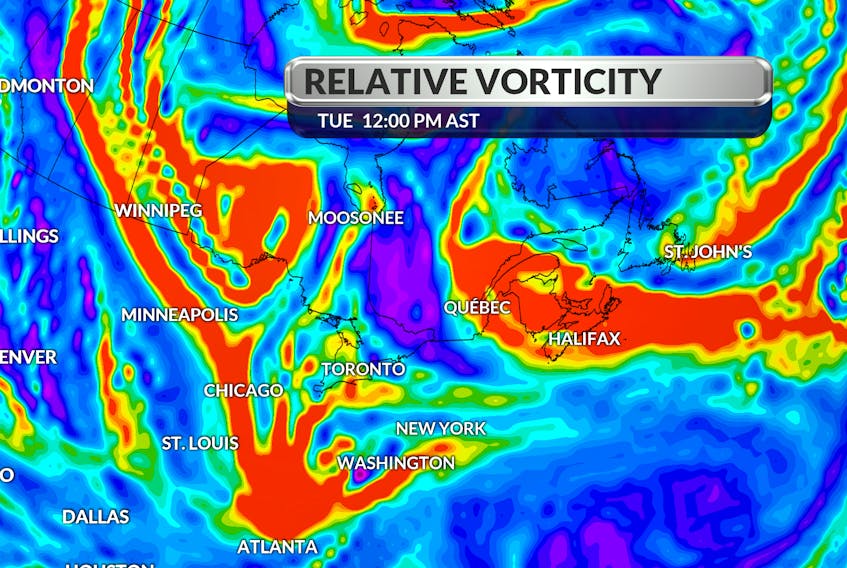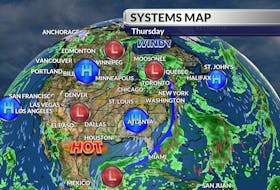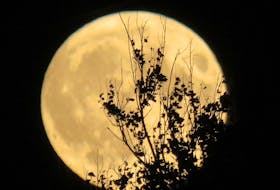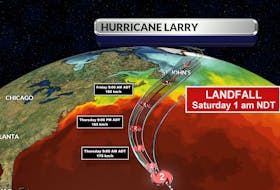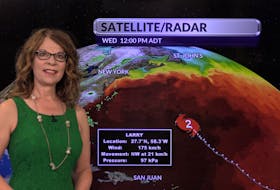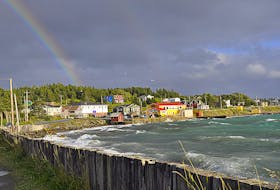I had a wonderful vacation. For the first time, I was off for two consecutive weeks.
When I left work the Friday before Christmas, I promised myself I would not spend any time analyzing weather charts, tracking or forecasting weather systems. I spent the first week of my vacation on the farm. There, we talked about the weather and perhaps because it’s winter and the fieldwork is done, no one asked me about the weather. I was very busy and went to bed tired, but my head was enjoying a lovely break. It was amazing.
Week two of my vacation was different; let’s call it an eye-opener. I was home wondering about road conditions, heavy rainfall, high winds and flash freezes. I was now a weather consumer, getting my information from a variety of sources – just like you. The exercise was both frustrating and enlightening. It helped me understand some of the comments I see on my Facebook page: “Why are no 2 forecasts the same…? How much are we getting…? Why are some calling this a storm…?”
I decided to take this opportunity to point out a few things about weather forecasts that might help you – when I’m on vacation, of course.
Meteorology is a science. Data is gathered; computers take in the surface and upper-air numbers and plot forecast charts called models. Certain computer models handle some parameters better than others. Meteorologists go over these models and come to a consensus regarding the expected weather conditions for a region. So why do we have such a smorgasbord of weather forecasts?
Consider the source
Our national forecaster – Environment and Climate Change Canada – prepares and disseminates weather forecasts. Radio and TV stations are free to use these products. Because I’ve worked on both sides, I can tell you that liberties are often taken with these forecasts. A scripted forecast is not usually very sexy, so sometimes announcers take it upon themselves to tinker with terminology. What can start as five to 10 cm of snow can end up as “a stormy day” when that was never the intent.
Meteorology is a science. Data is gathered; computers take in the surface and upper-air numbers and plot forecast charts called models.
Buy local
Consider where the forecast is coming from. There are local meteorologists, then there are weather readers living outside our region delivering our weather. When preparing a forecast, so many local effects need to be taken into consideration. It took many years before I fully understood and was comfortable with the intricacies of Atlantic Canadian weather. I can’t imagine doing this from an office somewhere in southern Ontario.
The last word goes to my dad who might explain it something like this:
All wooden tables are made of wood, but some are sturdier than others. If you gave the same wood to five people you could end up with five different tables. An experienced carpenter would likely produce a solid piece of furniture. An enthusiastic person who loves wood but who has no training or experience in woodworking might not fare quite as well.
The other day, after watching more than one shopper stop to ask me about snowfall amounts, the clerk asked me why I do it. That’s easy. I have always done it to help people plan their day and safely get to where they are going.
- Want more weather information? Visit your weather page.
- Have a weather question, photo or drawing to share with Cindy Day? Email [email protected]
Cindy Day is the chief meteorologist for SaltWire Network

